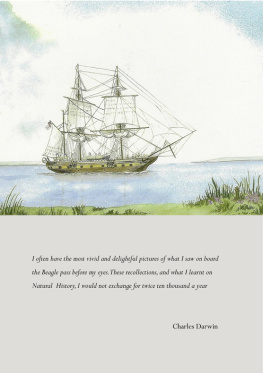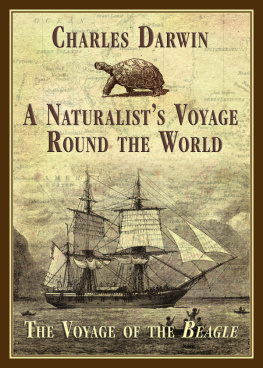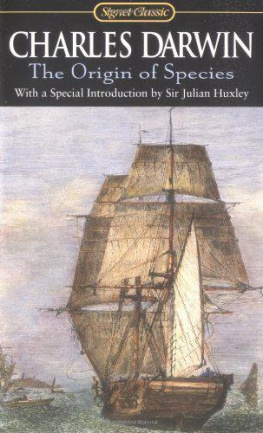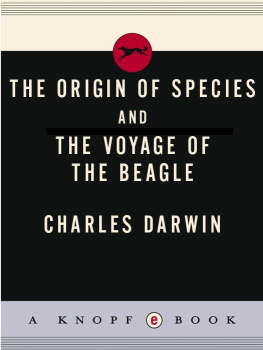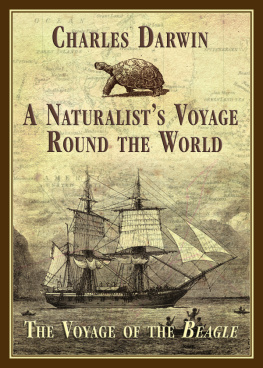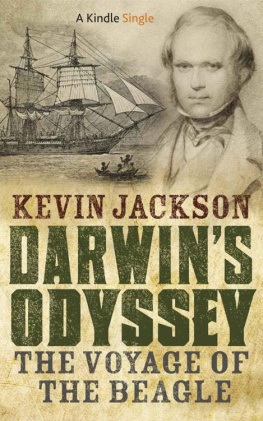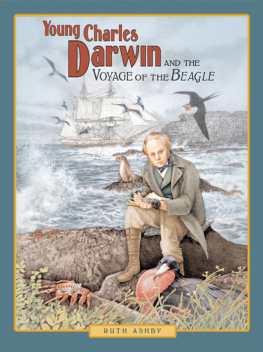Voyage of the Harrier
Around the World in the Track of HMS Beagle
Julian Mustoe
Copyright Julian Mustoe 2010 All rights reserved.
This text is registered.
http://www.julian-mustoe.com
In memory of my stepmother Anne
A wise woman and an intrepid traveller
Foreword
There is one activity so clearly meant for Ancients, so perfectly tailored to their physical capabilities, so cleverly designed to preserve and enhance their vitality that it is bewildering that few, so very few, ever discover it.
It is an activity that has as its prime precondition the slow and unconscious absorption of experience. It is an activity that enlivens the muscles as it oils the joints. It lengthens, preserves and justifies life. It throws the practitioner among the beautiful and adoring young. It confers an inviolable mantle of authority and allows you to wear a cute hat.
It takes you to faraway places, unreachable by jet by your richer and more moribund contemporaries. It tempts your taste buds with exotic offerings and disallows constipation by scaring the shit out of you. It fills your ancient eyes with new wonder. It contradicts the cynics and negates the naysayers. It is the way a man, especially an old guy, should live. And perhaps best of all, you may, if you choose (and why not?) use it to wallow luxuriously in the soothing mud hole of the worlds envy.
When the alarms and excursions of your life are over, when your kids are doctors and your wives have found better things to do, when your enemies have had their comeuppances and your friends all bore you, when obituaries prove interesting and when the prospect of earning even one more dollar appals, then the moment has come to look about for a boat in which to sail around the world. There simply aint nothing else worth doing.
Author unknown
Table of Contents
Chapter 1
To the Canary Islands
Desire has trimmed the sails, and Circumstance brings but the breeze to fill them.
George Eliot, Daniel Deronda, 1876
In his Narrative of 1839 Robert FitzRoy, the commander of HMS Beagle, wrote that;
a few mottled, hard-edged clouds appearing in the east; streaks (mares tails) across the sky, spreading from the same quarter; a high barometer (30.3); and the smoke from chimneys rising high into the air, and then going westward; were the signs which assured us of a favourable wind. A light cats paw rippled the water, we made all sail, the breeze increased, and at noon our little vessel was outside the Breakwater, with a fresh easterly wind.
The date was 27th December 1831 and the place where the Beagle raised her anchor was Barn Pool, under the lee of Mount Edgecombe, in Plymouth Sound. On their third attempt at departing Robert FitzRoy, Charles Darwin and the crew of HMS Beagle were at last off on a voyage around the world.
The tidal streams are strong and turbulent in the half-mile stretch of water that lies between Barn Pool and Drakes Island. It is a part of Plymouth Sound where it is easy to make a mistake.

Drakes Island Mount Edgecombe behind with Barn Pool in the distance at the right
FitzRoy's Narrative does not mention what had happened six days earlier at the start of their second, unsuccessful, attempt to set sail. Darwin's diary records that;
From weighing to letting down our anchor everything was unfortunate. - We started at 11 oclock with a light breeze from NW & while tacking round Drakes Island, our ill luck first commenced. It was spring tide & at the same time lowest ebb; this was forgotten, & we steered right upon a rock that lies off the corner. - There was very little wind or swell on the sea so that, although the vessel stuck fast for about half an hour,
The famous voyage of the Beagle very nearly did not happen at all.
Twenty eight years after the Beagle's successful departure, Darwin published a book, On the Origin of Species by Natural Selection, which changed forever the way in which mankind regards itself and views the natural world. No longer a being apart, after Darwin man has taken his place as a part of the evolving pattern of life on earth. Like everyone else I am an heir of Darwins world view, but his book has also had a more particular influence upon the later part of my life.
Ever since I was a schoolboy I had wanted to sail a yacht around the world. As a young man I had not sufficient money to go voyaging and in middle life I was restricted largely to weekend sailing by jobs, wife and children. In my late fifties I re-read Darwins Origin of Species and also his book about his circumnavigation, the Voyage of the Beagle. The interest of the Origin and the charm of the Voyage pushed some parts of my life into alignment. I decided not just to sail around the world, but to do so with a purpose. Following the track of the Beagles voyage would give direction to my long-held ambition and convert a generalised plan into a proper project.

Harrier of Down in Barn Pool, Plymouth. July 2001
An entry in my log aboard Harrier of Down reads:
Is this really the OFF? A gentle breeze in the anchorage in the early morning is presumably caused by the pattern of the weather rather than just being another sea breeze. At 1300 I get my anchor and sail gently out of the bay. Outside force 2 from the southwest, so it is a slow sail towards the Eddystone. I look astern to Plymouth Sound flanked by the green hills of Devon and Cornwall. When shall I see this land again? Who of my friends will still be alive when I return? Time, time, hurrying time.
My circumnavigation began gently. A light zephyr drifted me out of Cawsand Bay on the western side of Plymouth Sound on 30th July 2001, a day after my 68th birthday. It settled into a southwest breeze force 2 or 3 in the afternoon. I worked Harrier steadily to windward until, on the evening of 2nd August, I fixed my position 80 miles west of the Ile dOuessant, the most westerly point of Brittany. Ouessant (anglicized to Ushant), should never be sighted by the ocean navigator, for fear of heavy weather coming in from the Atlantic. I now had enough sea room to head south across the Bay of Biscay. This is an anglicization of the Spanish Golfo de Viscaya, referred to in French as the Golfe de Gascogne. After I had turned the first corner, my voyage was marked by the disappearance of all seabirds except manx shearwaters, fulmars, storm petrels and gannets. Two whales, also headed south, swam alongside Harrier for half an hour in the late evening darkness.
Harrier and I crossed the Bay of Biscay in fine summer weather and with moderate southwesterly winds. The Beagle, sailing in winter also had gentle weather. Aside from one short gale near Madeira, the wind for the Beagles passage did not exceed force 5. There are few people who are blessed with such an iron constitution that they are never seasick. I find that I need the first two days at sea to be fairly calm in order to acquire my sea legs. Bad weather encountered early in a passage has me joining the sufferers on the lee rail. However, once I am adjusted to life afloat, I am able to eat and drink with a gale of wind blowing over the deck. Darwin never became immune to sea sickness. An early entry in his diary records;

